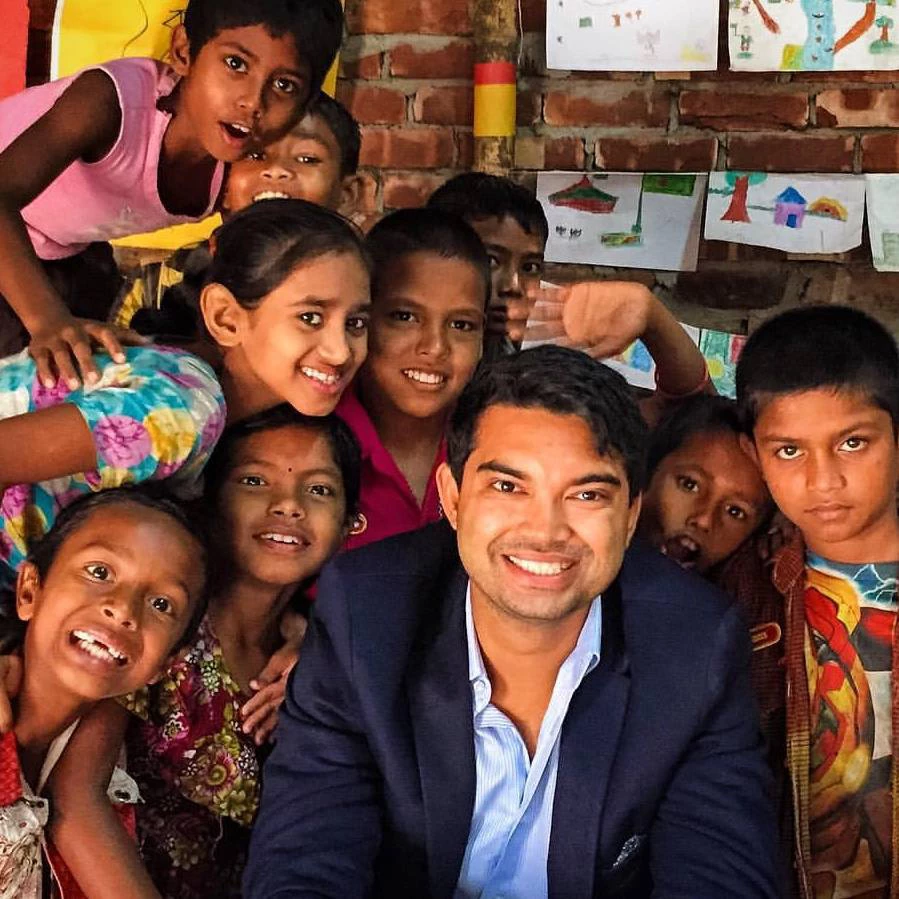
If the deluge of trend pieces tell us anything, it’s that the millennials are the most fussed over demographic in history. But behind the hype, there is real a tectonic shift. We are now witnessing the largest youth bulge in history. Over half the world’s population is now under thirty, with the majority living in developing and middle-income countries.
A youthful population can be source of creativity, innovation and growth –but only if employed and engaged in their societies. Unfortunately, for much of the world’s young people, reality is very different.
A number of hurdles prevent young people from contributing as productive, socially responsible citizens. As Emma Murphy of Durham University notes, “Poor education limits their skills, poor employment limits their transition to adulthood and political obstacles limit their voice and participation.”
The longer young people are excluded from participating in their economic and political systems, the further we are from realizing the ‘demographic dividend’.
It’s a no-brainer. A youth agenda, focusing on the issues that affect young people, must be a critical piece of any post-2015 framework. Where do we start?
Education is the key to giving every child an equal shot. While we have come a long way in increasing school enrollment around the world, access is far from universal. Structural, social and financial barriers are still responsible for 57 million children remaining out of school—most of them from vulnerable and marginalized populations.
Countries like Bangladesh have been at the forefront of using innovative stipend programs to close the access gap for girls, and are now using conditional cash transfers to target the poorest, hardest to reach children. Lessons from successful models, such as the Reaching Out of School Children program are worth looking at, particularly for countries that struggle with low enrollment and high drop out rates.
But showing up to school isn’t enough – we must ensure that children are learning. In India, despite going to school, half of second grade students cannot read a full sentence, and almost a quarter cannot even recognize letters. Children who do not learn to read in the primary grades are less likely to benefit from further schooling.
We can’t have a conversation about education without talking about learning outcomes. At the end of the day, the economic prospects of a country follow the learning curve of its children.
The Most Certain Path out of Poverty
A good job provides mobility on the economic and social ladder. Unfortunately, the first rung is out of reach for many young people today. In 2014, nearly 500 million young people around the world are jobless, underemployed, or trapped in low-paying, dead-end jobs (mostly in the informal sector).
The challenge that lies ahead is immense. Over the next decade, a billion more young people will enter the job market. South Asia alone will have to accommodate a million new labor market entrants a month until 2030.
Employing youth is particularly important for fragile post-conflict countries like Afghanistan. Jobs restore livelihoods and strengthen social networks, but more importantly promote stability - breaking the cycle of violence by increasing the opportunity cost of anti-social behavior.
While there is no silver bullet, one thing is certain: governments can’t go this one alone. Policy makers will need to mobilize public, private and civil society actors on several fronts – from promoting private sector job creation, reforming dysfunctional labor markets, to strengthening social programs and investing in vocational training and employment projects.
Platforms like Solutions for Youth Employment have already been proactive in bringing different stakeholders to the table – connecting, coordinating and catalyzing. Everyone will need to do their part.
Give us a Voice
At the end of the day, a job is more than a source of income. It provides a sense of identity and purpose. In recent years, disenchantment among young people has sparked movements in the Middle East, Southern Europe, and Latin America. The message was clear: the status quo wasn’t working.
Young people want to participate in the decisions that affect them, and want governments to work for them. Restless Development recently consulted youth in 12 countries about what issues were most important to them. Across the board, accountable and transparent governance topped the list (the report is an excellent read, find it here).
Good governance starts with inclusion. For youth, inclusion is about empowerment: empowering young people to advocate for themselves, empowering them to improve the quality of local institutions, and empowering them to influence the public policies and decisions that affect them.
But before we can engage our youth, we must invest them. We can start by building capacities of young leaders, fostering youth organizations, and involving a wider youth cohort in policy design and program implementation. Unless we recognize youth as equal partners in the development process, the development goals of ending extreme poverty and promoting shared prosperity will be out of reach.
Lets not forget: the future belongs to youth.
Follow Mabruk on Twitter and Instragram at @maksterx


Join the Conversation